Physical Address
304 North Cardinal St.
Dorchester Center, MA 02124
Physical Address
304 North Cardinal St.
Dorchester Center, MA 02124
You don’t need a genius IQ to become a chess master—what you need is patience, hard work, and a solid game plan. Although only 1% of players reach this level, you can get there, without question. But, you need to commit to continuous learning and disciplined study. Let’s talk about how to become a chess master.
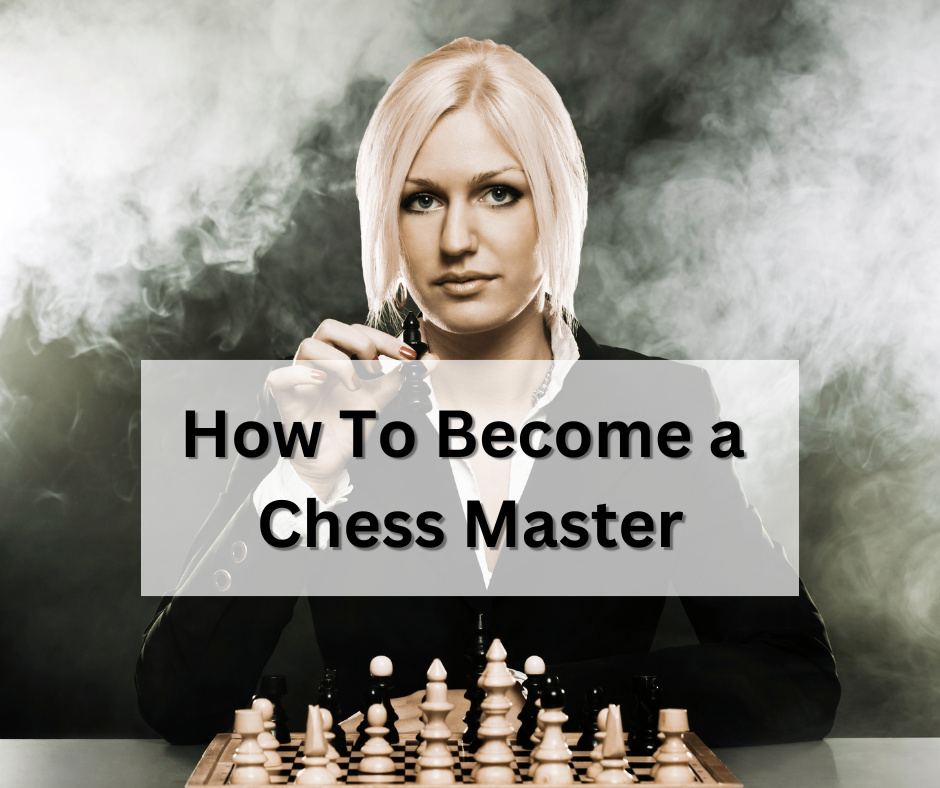
Contents
First, let’s define what a chess master is. In competitive chess, the term “master” refers to players who have achieved a certain level of skill. Both FIDE (the International Chess Federation) and national chess organizations recognize masters.
There are different master titles, each with specific rating requirements and criteria.
One of the most well-known titles is FIDE Master (FM). FIDE awards this to players who achieve a rating of 2300 or higher. It’s the first step toward International Master (IM) and Grandmaster (GM) titles.
A step below FM is Candidate Master (CM), which only requires a FIDE rating of 2200.
CM and FM titles depend only on rating. To achieve higher titles like IM and GM, you also need to perform well in specific tournaments.
Many countries also have their own National Master (NM) titles. A rating of 2200 is usually enough to earn the NM title.
Earning a chess master title requires consistent performance at a high level. While only about 1% of active players achieve it, you can definitely be one of them. But you have to be willing to put in the time and effort.
So now we have a target. Call it a 2200 rating in whatever organization you play in. But how do you get there?
Knowing what to study isn’t enough. You also have to know HOW to study it.
Let’s say you’re asked to find the best move in a particular position.
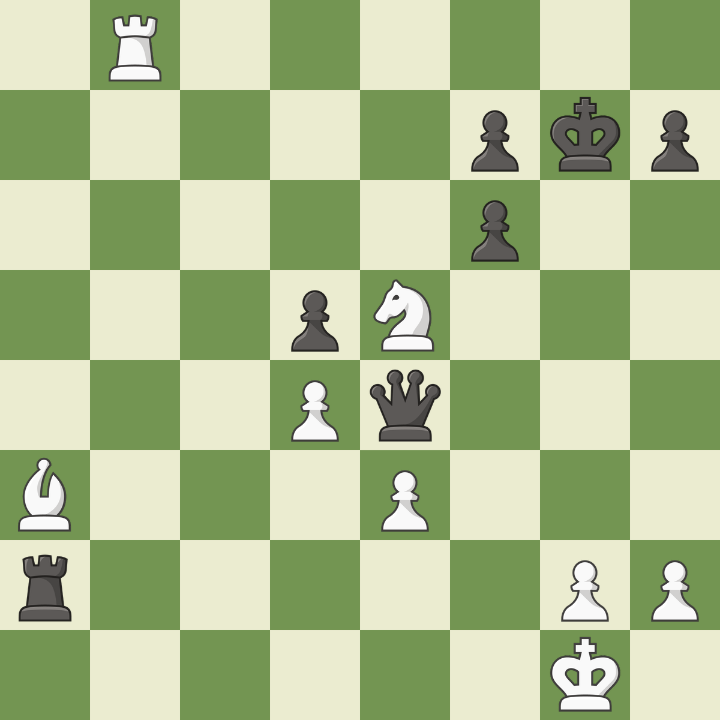
It’s one thing to be good enough to find the right move. But what you really want is to be good enough that you can’t miss it. That’s mastery. Without it, you’ll need to calculate every single move, and that wastes time and leads to mistakes.
If you want to learn how to become a chess master, you’ll need to do the following:
Tactics is the most important skill in chess. Below the master level, tactics decide most games. That means you should spend most of your study time on tactics (at least to start with). I’ve written a post on how to study tactics, but here I want to take this concept further.
A simple way to study tactics is to solve puzzles on Chess.com or Lichess. If you focus on getting the puzzle right instead of doing it fast, you WILL get better. But will you reach a master level? Not likely. To get there, you need a better study plan.
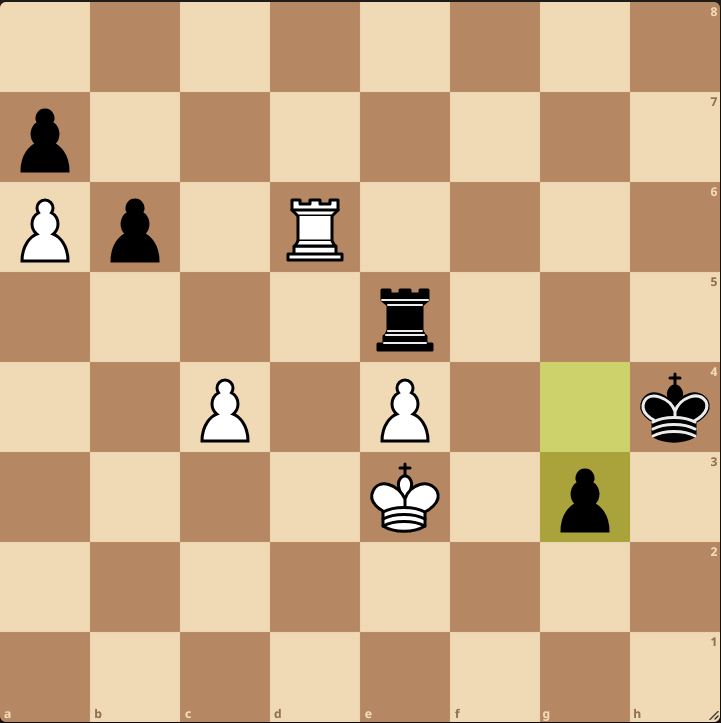
The idea is to solve a batch of puzzles at your current skill level (say 100 or so) over a period of time. Then, after a short wait, do them again. And again. And repeat, until you can blitz through the whole batch in a few minutes with no mistakes. Then you start over with more difficult puzzles.
This learning plan comes from a book called The Woodpecker Method, and it works. If you can’t afford the book (or want to expand on it), you can create your own “courses” in Chessable. Then drill them, using their Spaced Repetition method.
Another enhancement is to focus on one specific tactical motif during these sessions. (Most apps let you filter by theme.) This will help you supercharge pattern recognition, and correct tactical weaknesses.
How much time should you spend on tactics? To start, at least half of your study time should be tactics. Even at more advanced levels, you’ll need to spend more time on tactics than any other skill.
After tactics, end games are the most critical skill to learn. Why? Because a mistake in the end game almost always leads to a loss.
First, start with basic checkmates. Once you master those, move on to king and pawn end games, which are the foundation of most end games. After that, you start introducing other pieces into the mix.
Unlike tactics, puzzles aren’t the best way to practice end games. Instead, you should practice endgame positions against a strong engine. Don’t let that intimidate you. If a position is winning, you can beat even the best engine once you know the moves. That’s the level of skill you want for each position you study.
Again, repetition is key here, because you want your moves to become automatic. This will help in two ways. First, you’ll save time on the clock. Second, you’ll get better at knowing when to trade pieces to simplify to a winning position.
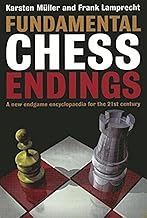
So where do you collect these end game positions? My favorite is the book Fundamental Chess Endings by Muller and Lamprecht. Each chapter builds on earlier ones, which makes it perfect for progressing. Note: you can skip the impractical positions, such as knight-bishop-king vs king. Some of these theoretical positions rarely arise in actual games. Use your best judgment here.
I keep a Google spreadsheet with tabs for each section in the book. One column has links for each position that open in Lichess. The second column states the goal of the position, e.g. “white to play and win”. In Lichess, I click on “practice against the computer” and play against the engine.
How do you know when you’re done with a position and ready to move on? If you can beat the engine every time in under a minute or two, then you’re ready. Anything longer than that, and you should still practice it. Also, it’s a good idea to return to simpler positions once in a while to make the learning permanent.
How much time should you spend on endgames? To begin with, I’d suggest splitting your time 50/50 between tactics and end games. Once start learning strategy, you can reduce it to half or even a quarter of your time spent on tactics.
Beginners should focus on opening principles rather than memorizing long variations or traps. Principles like controlling the center, efficient pieces development, king safety are critical.
Instead of complex variations, beginners should consider simple and reliable opening systems. Good examples are the London System or Colle System. Both allow for consistent development without heavy memorization. To start with, you only need three main openings: one as White; one against 1.e4 as Black; and one against 1.d4 as Black. This keeps learning simple, and gets you familiar with common positions.
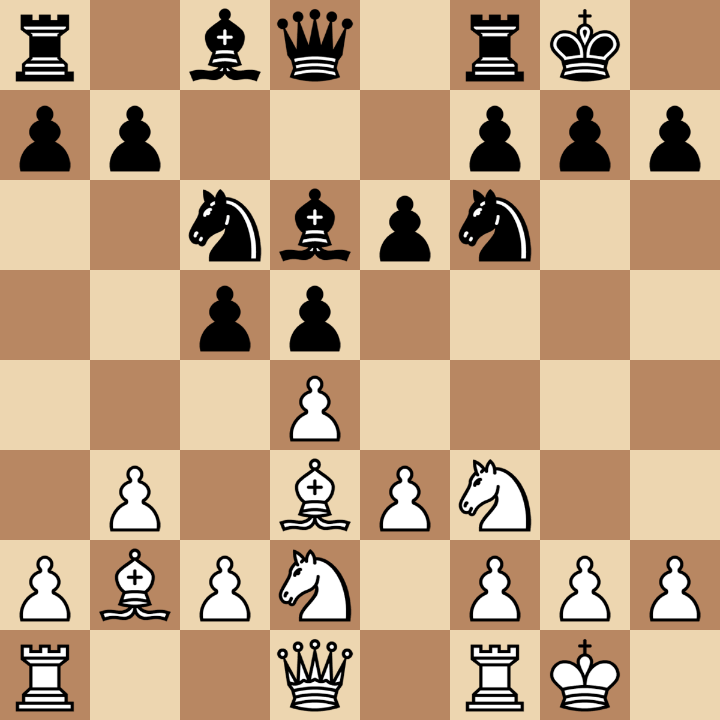
When you reach the intermediate level, start tailoring your openings to your playing style. Do you enjoy tactical, aggressive play? Then try openings like the Sicilian Defense (Najdorf or Dragon) against 1.e4. If you prefer slower, strategic games, openings like the Caro-Kann or Slav Defense may be a better fit.
A great way to practice openings is by using Chessable, a platform that offers both free and paid courses. Chessable’s MoveTrainer system reinforces openings through spaced repetition, ensuring long-term retention. If you’re on a budget, create your own courses by importing PGN files. You can also enter key variations move by move if needed.
While openings are important, you should limit your time spent studying them. The job of the opening is to get you to a playable middlegame. At higher levels, you will rarely win or lose a game in the opening.
Chess strategy involves long-term plans and positional concepts. While tactical patterns focus on short-term gains, strategy is about setting up favorable positions where brilliant tactics can happen. Key strategic themes include:
At the beginner level, most tactics happen because of blunders. Strategy starts becoming crucial at the intermediate level, as players make fewer mistakes. A player who understands strategy creates positions where tactical opportunities appear.
You can drill tactics with random puzzles. Not so with strategy. Strategy is best learned through structured lessons focused on specific ideas. Lessons can come from books, YouTube or Chess.com videos, or paid courses.
Each lesson should focus on one key concept. Whatever method you choose, you’ll also want a large collection of practice positions. Chessable courses are particularly effective for this, as they allow for spaced repetition. You can also create private Chessable courses with key positions from other lessons.
How much time should you spend on strategy? Start by dedicating about a quarter of your study time to strategy. Then increase this as your rating improves. The higher your level, the more important positional understanding becomes. Note: some of the following skills are sub-topics of strategy.
Evaluation is determining which side has the advantage and why. You do this comparing the strengths and weaknesses of both sides. Calculation is not needed.
Key factors in evaluation include:
A strong evaluator can do this at a glance. This skill is invaluable because it reduces the need for deep calculation on every move. A player with strong evaluation skills can rule out poor moves and focus on the most promising plans.
For example, let’s say one side has a clear space advantage and better piece activity. They should look for ways to increase pressure rather than trading into an equal endgame. Strong players rely on evaluation to guide their thinking as much as possible. They only calculate when necessary, which saves both time and mental energy.
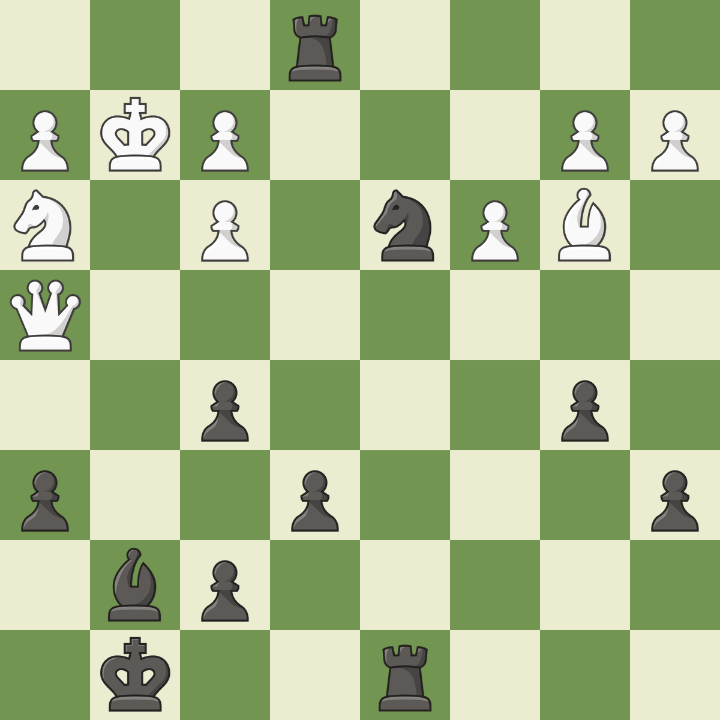
A great way to train this skill is by using this Position Evaluation Training site. This app presents positions where you must determine which side is better. If you make a mistake, the site also provides analysis links to the same position on Chess.com and Lichess. This interactive feedback helps build evaluation skills over time.
You don’t need to spend a huge amount of time on evaluation training—a few minutes a day is enough. You can include this in your strategy study time, as evaluation and strategy go hand in hand. Practicing this skill will help you make better positional decisions. It will also reduce the number of unnecessary deep calculations in your games.
Middlegame planning is part of strategy. But, it deserves special focus because once the opening is complete, you need to what to do next. Many club players struggle with what to do once they’ve developed their pieces. Without a solid plan, players may make random moves that don’t contribute to their position. This allows their opponent to seize the initiative.
Middlegame plans are not made in isolation. They flow from the pawn structure and piece placement that arise from the opening. Certain openings lead to specific middlegame themes. For instance, the King’s Indian Defense can lead to kingside attacks. The Queen’s Gambit Declined calls out for a minority attack on the queenside.
Understanding your chosen openings makes it easier to find good middlegame plans.
Middlegame planning is about formulating ideas rather than solving concrete problems. You can’t solve random “puzzles” to drill this skill, making it harder to practice in a hands-on way. For this reason, it’s best learned through structured lessons in courses or videos. Books, courses, and YouTube videos are the best ways to absorb these ideas.
Chess is a game of competing principles, and for every rule, there are many exceptions. We’ve all heard guidelines like “control the center,” and “don’t move the same piece twice in the opening.” But strong players learn to weigh these against the specifics of the position.
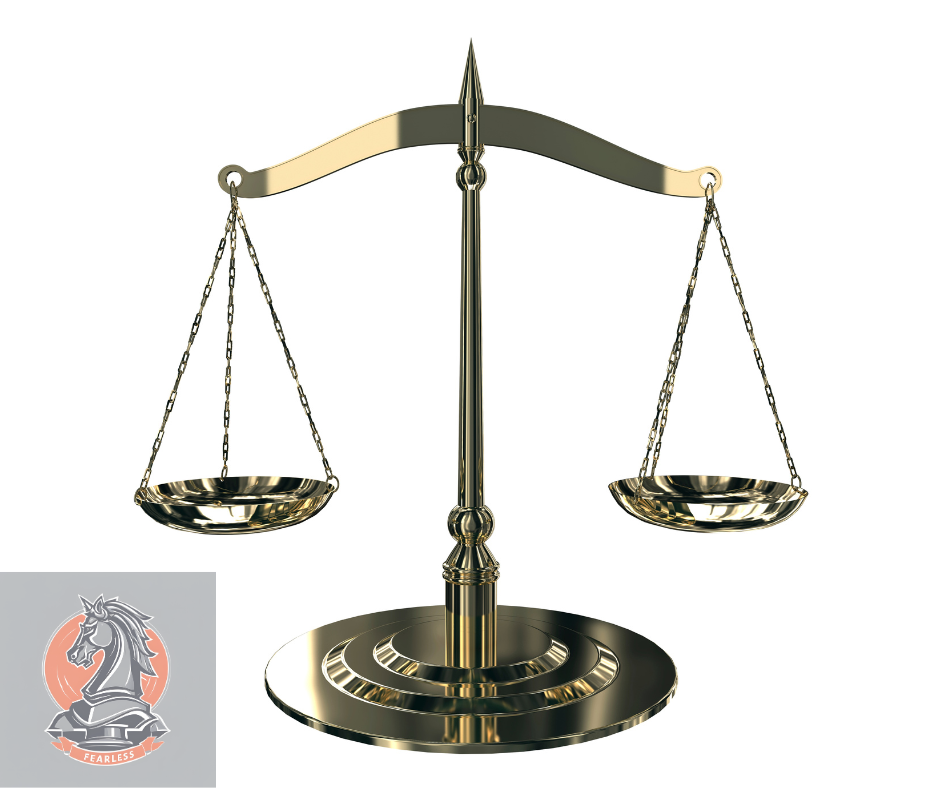
For example, it’s usually bad to bring your queen out early. But in some openings like the Scandinavian Defense, an early queen move is necessary. Good chess judgment is knowing when to follow a principle and when to break it.
Developing this type of judgment takes time and experience. Unlike other chess skills, there’s no shortcut or drill-based way to improve it. You can’t solve puzzles to master judgment like you can with tactics. Instead, it comes from playing, analyzing games, and learning from mistakes. Over time, you start recognizing which positional factors take precedence in different situations.
So how do you develop chess judgment? The following sections will cover the key methods.
The most important thing you can do to improve at chess is to play a lot of games. Yes, studying openings, strategy, and tactics is essential. But real improvement comes from applying what you’ve learned in actual play.
Regular games help develop your chess judgment. They reinforce your knowledge of common positions, and expose you to new ideas. The more you play, the more instinctive your decision-making becomes. This helps you balance positional understanding, tactical awareness, and strategic planning.
To get the most out of your games, it’s best to play at least rapid time controls (10 minutes or longer). Blitz and bullet chess are fun and can improve intuition, but they don’t give you enough time for deep thought. Worse, they can reinforce bad habits like making impulsive decisions. Longer games force you to calculate and apply the concepts you’ve studied.
It’s also beneficial to play against a mix of opponents—both stronger and weaker than you. Higher-rated players challenge you to step up your game, and show you what you need to work on.
Playing lower-rated opponents helps reinforce what you’ve learned. Converting winning positions is an essential skill to practice.
Every game contributes to your growth.
Playing games is essential for improvement. But analyzing your games afterward is also important. Every game—win or lose—is an opportunity to learn. By reviewing your games, you can identify the weaknesses you need to address. Even games you won can contain valuable lessons.
One of the easiest ways to analyze games is by using chess engines on platforms like Chess.com and Lichess. These engines provide quick evaluations and suggest optimal moves.
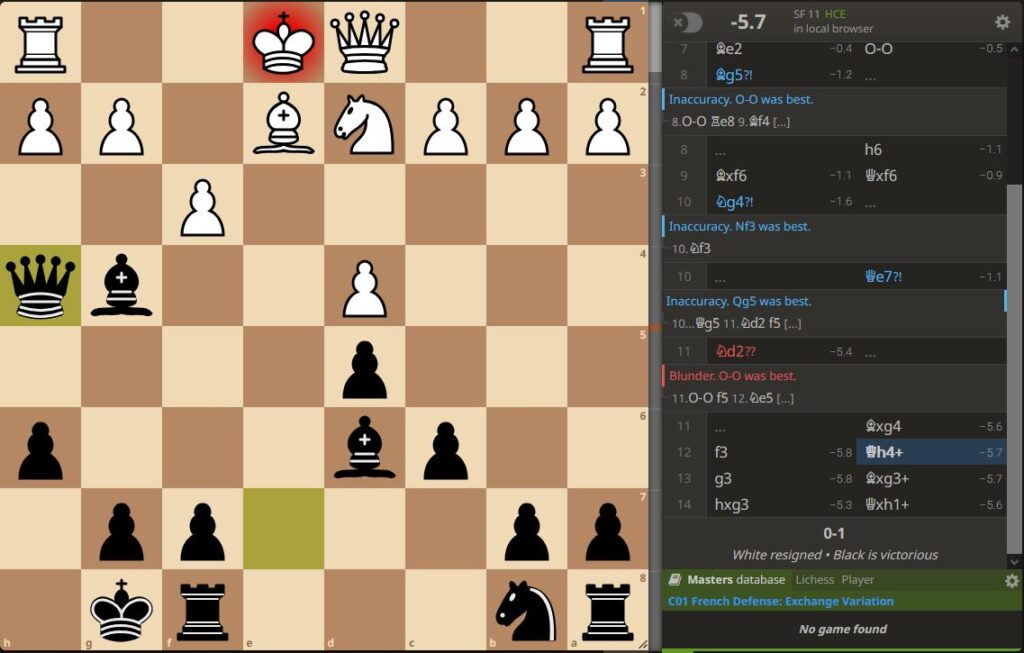
But, while engines are useful, you should be wary of trusting every suggestion. Computers often recommend moves that are difficult for humans to find or understand. Instead, take the time to understand why your move was wrong and what concept you missed.
If you encounter a move that isn’t clear, consider discussing it with others. Online chess communities can be great places to ask for explanations. These can include platforms like Reddit’s r/chess, Chess.com forums, or Discord servers. Experienced players can often provide better insights than engines can.
A great way to develop chess judgment is by studying and memorizing classic master games. Chess masters throughout history have left behind tons of brilliant games. These games showcase strategic concepts, positional understanding, and deep planning.
By studying these games, you get a feel for how chess masters think. Which principles matter most to them? How do they transition between the opening, middlegame, and endgame? What were their winning middlegame plans? Over time, this exposure helps you recognize similar patterns in your own games.
Memorizing master games might seem like a daunting task. But it’s one of the most effective ways to internalize chess patterns. It helps you absorb the typical plans that arise from different positions. This isn’t about rote memorization—rather, it’s about understanding each move.
Start with games from classic players like Capablanca, Karpov, or Fischer. They all had clear, instructive styles. Internalizing their games is almost like borrowing their wisdom.
To make this process easier, use Chessable or other chess databases to review key games. Find books and courses that compile master games with explanations of each move. Go through one game at a time, first playing through it without an engine. Later, revisit it to ensure you understand the key moments. The more of these games you study, the better your judgment will be, even in unfamiliar positions.
A great way to develop chess judgment is by playing “Predict-a-Move” with master games. This method forces you to engage with the thought process behind each move. The idea is simple: go through a master game move by move, pausing to guess what the master played. This exercise trains your evaluation and planning skills—but with instant feedback.
When predicting a move, think about more than tactics. Consider positional factors like pawn structure, piece activity, weak squares, and king safety. If your move matches the master’s, take note of why they played it. If you guessed wrong, compare your move to the master’s choice and try to understand the difference. Some moves look unnatural at first, but make perfect sense once you see the long-term plan behind it. This is a great way to develop your sense of positional priorities and long-term planning.
You can do this exercise with either chess books or online tools. Some annotated master games even include questions that test you in real time.
Over time, Predict-a-Move will improve your judgment, which will lead to a better rating. After all, to be a master, you have to play like the masters.
If you’re serious about improvement, hiring a chess coach can speed up your progress. A good coach can identify weaknesses, provide structured training, and offer tailored guidance. Unlike self-study, coaching gives you direct feedback and personalized advice. This is great for fixing bad habits and improving your chess judgment.
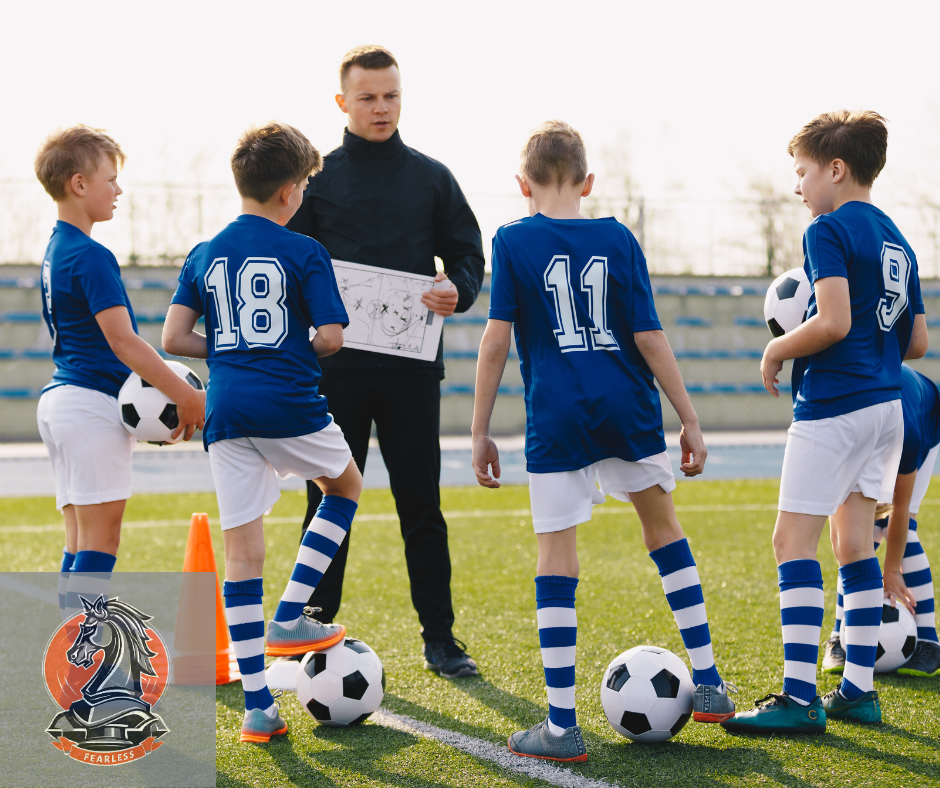
Coaching doesn’t have to mean committing to regular weekly sessions. There are flexible options depending on your budget and goals. Some players work with a coach long-term. Others book occasional tune-up lessons to address specific areas of improvement.
Another option is a one-time study plan session. This is where a coach helps you develop a custom training routine. This can be especially useful if you’re unsure how to organize your chess study or if you’ve hit a plateau.
You can find coaches through Chess.com, Lichess, or online chess communities. Many coaches offer trial lessons to see if their teaching style is a good fit.
Coaching might not be necessary to improve. But expert guidance helps avoid wasted effort. This can speed up your journey toward chess mastery.
Chess mastery requires dedication, practice, and a well-rounded approach to study. By following the strategies discussed here, you’ll be well on your way to becoming a stronger player. Remember, improvement takes time, and the key is consistency in your training.
To get started, make a list of the study plans outlined above. The decide how much time you’ll spend every week on each one. If possible, schedule your week in advance so you’ll know what to work on every day. And if you’re stuck deciding what to do, start with tactics. You can never go wrong by doing more tactical puzzles.
For an extra boost, consider enrolling in GM Igor Smirnov’s free Chess Masterclass. You’ll gain deeper insights and learn great strategies for rapid improvement. Don’t wait—your journey to becoming a chess master begins now!
